Clark recruited nine young men from while waiting for Lewis to arrive in Louisville, Kentucky. They would become known as the “nine young men from Kentucky. Many include York, Clark’s slave, as the tenth and oldest member of that group.
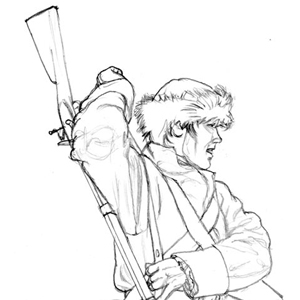

Shannon had found the horses, then “Shot away what fiew Bullets he had,” failing to get any meat. Eventually, he carved a bullet from a stick and got a rabbit–his only food other than wild grapes during more than two weeks.
Ohio River Recruits
by Arlen J. Large

Dearborn gave the departing Lewis an order limiting his permanent size to 15 men. These soldiers also were to be obtained at Kaskaskia and other Illinois Army posts, or newly recruited into the Army from “suitable Men” encountered by Lewis along the way.
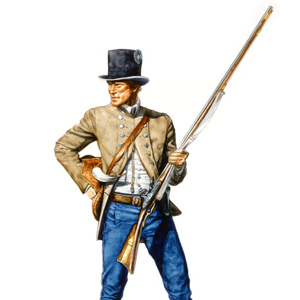

On 11 May 1805, Bratton appeared, running toward the river and yelling to be taken aboard quickly. He had shot a grizzly through the lungs, and the wounded bear had chased him for half a mile. The bear had lived at least two hours after first being shot.
Charles Floyd
(1783–1804), Sergeant
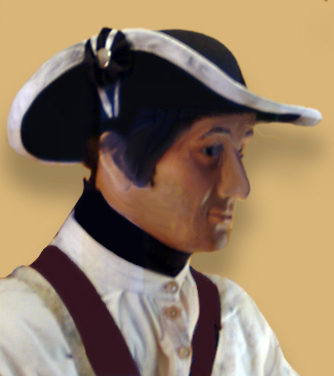

Floyd began his journal on 14 May, the day of the expedition’s departure from Camp Dubois. On August 18th Floyd wrote his last entry. Shortly after noon on the 20th, Charles Floyd died “with a great deal of composure.”
Joseph Field
by Barbara Fifer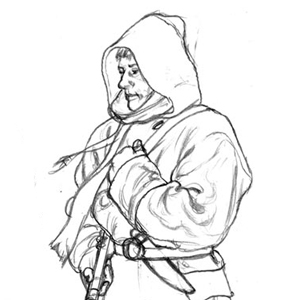

Joseph yelled to his brother Reubin, who was instantly awake, and the two sprinted for fifty to sixty paces after the natives who were clutching their guns.
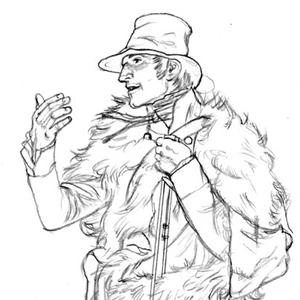

Colter left a legacy of western lore, not the least of which was his famous run from the Blackfeet Indians and his exploration of “Colter’s Hell.” Yet his contributions to the expedition were also many.
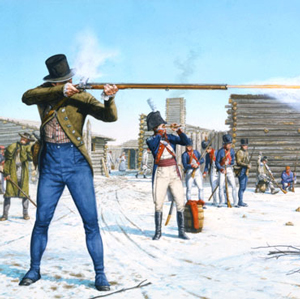

Reubin and his brother Joseph (about a year older) were among the best hunters, but Reubin was possibly the better shot. He was, at least, at Camp Dubois on 16 January 1804, when Clark’s men set up a shooting match with some local residents.


Pryor was assigned several special missions from exploring the Sandy River to escorting Mandan Chiefs to Washington City. He would barely survive his adventures on the Yellowstone River.


The captains sent four men to retrieve Gibson, “who is so much reduced that he cannot stand alone and…they are obliged to carry him in a litter.” They arrived on February 15, and Lewis went to work sweating the “veery languid” Gibson with saltpeter and dosing him with laudanum for sleep.
John Shields
(1769–1809), Private


During the damp winter at Fort Clatsop and throughout 1806, the journals speak more and more often about Shields’ life-sustaining work as gunsmith. Certainly the guns had seen hard use.


Two years after the conclusion of the historic Lewis and Clark expedition, York and his enslaver, the Virginia-born patrician William Clark, were at odds.
Experience the Lewis and Clark Trail
The Lewis and Clark Trail Experience—our sister site at lewisandclark.travel—connects the world to people and places on the Lewis and Clark Trail.
Discover More
- The Lewis and Clark Expedition: Day by Day by Gary E. Moulton (University of Nebraska Press, 2018). The story in prose, 14 May 1804–23 September 1806.
- The Lewis and Clark Journals: An American Epic of Discovery (abridged) by Gary E. Moulton (University of Nebraska Press, 2003). Selected journal excerpts, 14 May 1804–23 September 1806.
- The Lewis and Clark Journals. by Gary E. Moulton (University of Nebraska Press, 1983–2001). The complete story in 13 volumes.

